The River Camac
The Camac River, which is the subject of our group Friends of the Camac, rises in the Dublin mountains near Mount Seskin and flows through Saggart, where it provided water for Swiftbook Paper Mills.
Then it passes Rathcoole Woodlands, flows down through Baldonnel into Kilmateed, and then into Corkagh Park, where it provided water and power for various mills, including gunpowder mills around the end of the 1700’s and early 1800’s.
In Corkagh Park it feeds the fishing lakes and splits into several branches to feed various ponds and fishing lakes. In the past when Corkagh was a working farm it provided places for livestock to drink, before passing through the Fairview Oil Mills where it powered several mill wheels, where flax was used to make linseed oil.
Much earlier, in the seventh century, it was the water source for St Chronain Mochua's monastic settlement which was based around the present Clondalkin Round Tower. It provided water for Saggart (Swiftbrook), Clondalkin, Killeen and Drimnagh Paper Mills – so 4 paper mills on the one river, which is a testament to it's importance.
In Kilmainham it provided water and power for a silk mills. It eventually joins the Liffey near Heuston (Kingsbridge) station, where it completes it's 24 kilometres from source.
The Clondalkin Anglers Association was active from 1958 to 1997 and it’s members took an active part in improving and maintaining the river, building several sluice gates to control the river levels to make it suitable for fishing. Some of the original Members of Clondalkin Anglers Association are part of our Volunteer Group.
River Restoration
Mary Liz Walshe of Dublin City Council speaks about River Restoration.
Here's the link to click on to view the Youtube video.
https://www.youtube.com/watch?v=cqFr7PIPJQ8
River Restoration
Here is a link to a Youtube video by Dr Hamish Moir, CBCC Eco Engineering.
https://www.youtube.com/watch?v=gGpvWaGs6Uo
Click on the link to view the video.
Weirs
The importance of weirs on the river
Weirs are a vital part of the restoration of the river. Weirs provide pools of deeper water where fish can rest. The flowing water gets re-oxygenated as it flows over the weirs, vital to a healthy ecosystem.
The creation of small weirs and pools will have a beneficial effect on everything living in and on the river. Mayfly nymphs, Caddis, Stonefly larvae, shrimps, shellfish live on and under rocks, mosses and aquatic plants. All the weirs created this year are rock and cobble.
Add up the amount of individual rocks in the 30 weirs we have proposed and you will have an environment that will dramatically increase aquatic life. Neither Trout or insects can thrive in a silted river.
With the work already completed and scheduled work, we can considerably reduce silt in an environmentally sensitive way within two years.
The left hand picture shows the stretch of the river called the Cruidín, and a number of weirs which had fallen into disrepair have been restored by our volunteers.
The other pictures show the newly constructed weir at the Horses Drink bridge.
Click on the pictures to enlarge.
River in flood 05 August 2023
These pictures show the River in flood swollen by all the rain over the last few days.
-
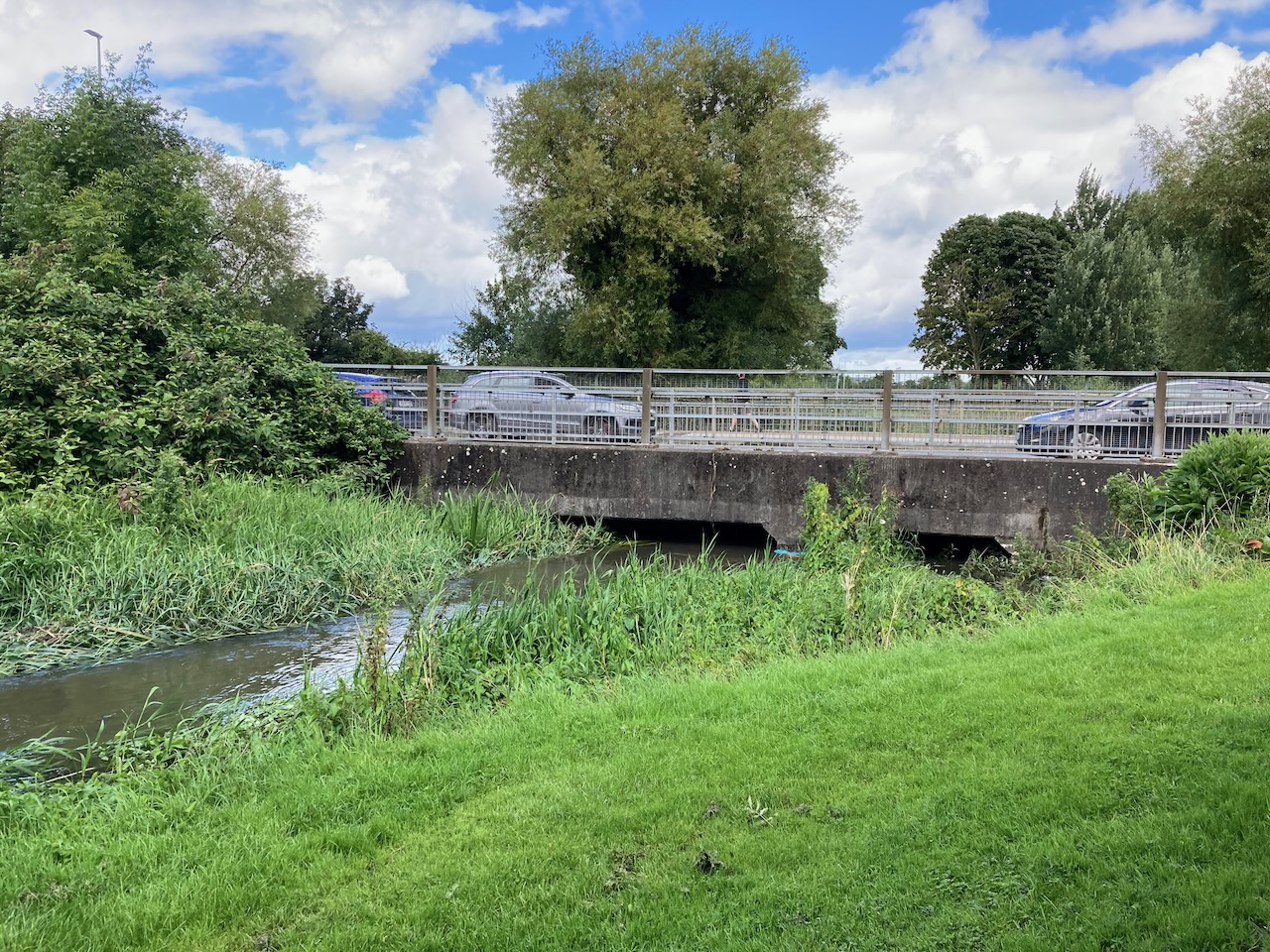
High water at Fonthill Road Bridge 05/08/23. -
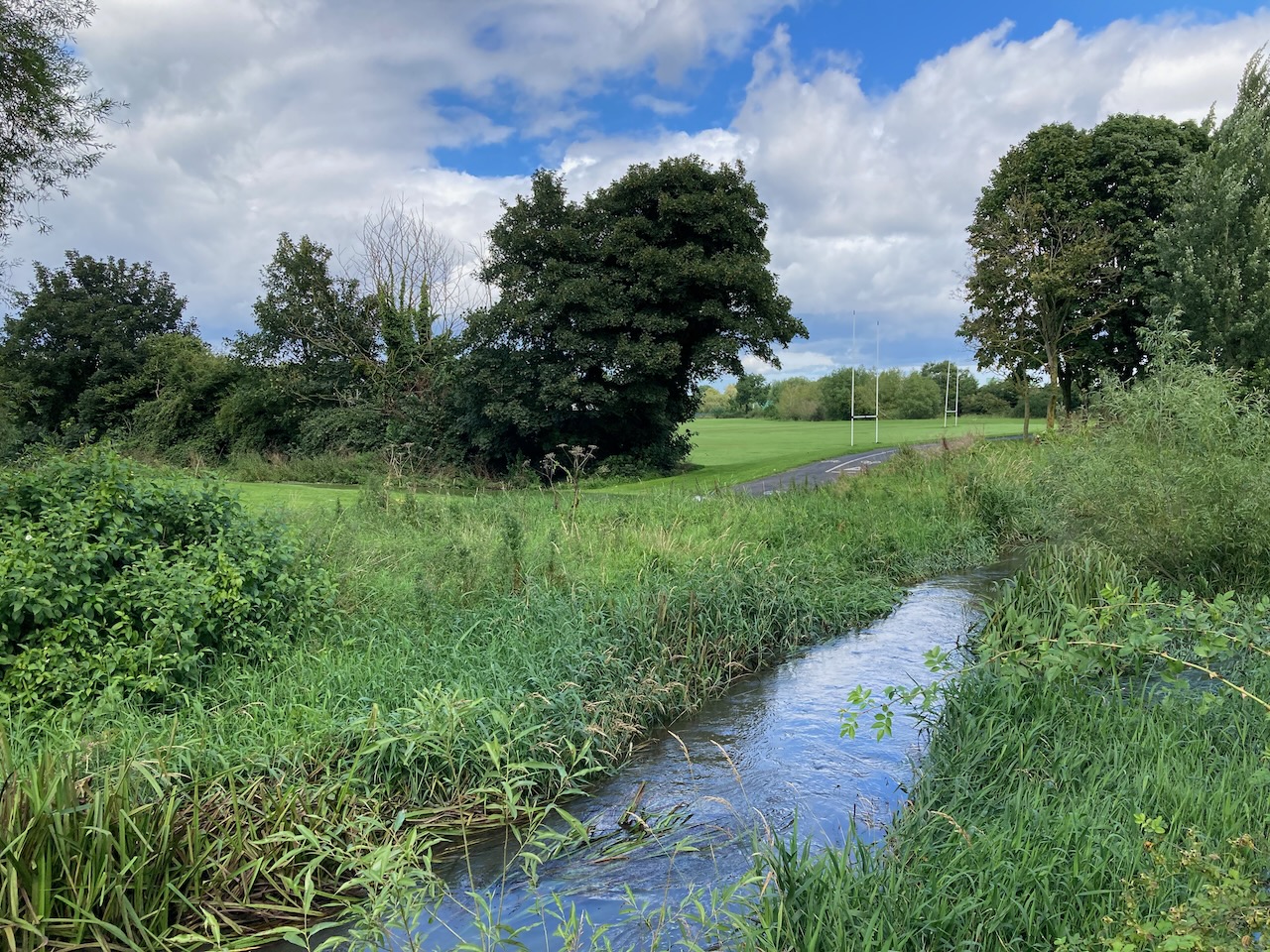
Looking downstream from Fonthill Bridge 05/08/23. -

Spillway in flood near Fonthill Road Bridge. 05/08/23. -

Spillway in flood near Fonthill Road Bridge. 05/08/23. -

Spillway in flood near Fonthill Road Bridge. 05/08/23. -
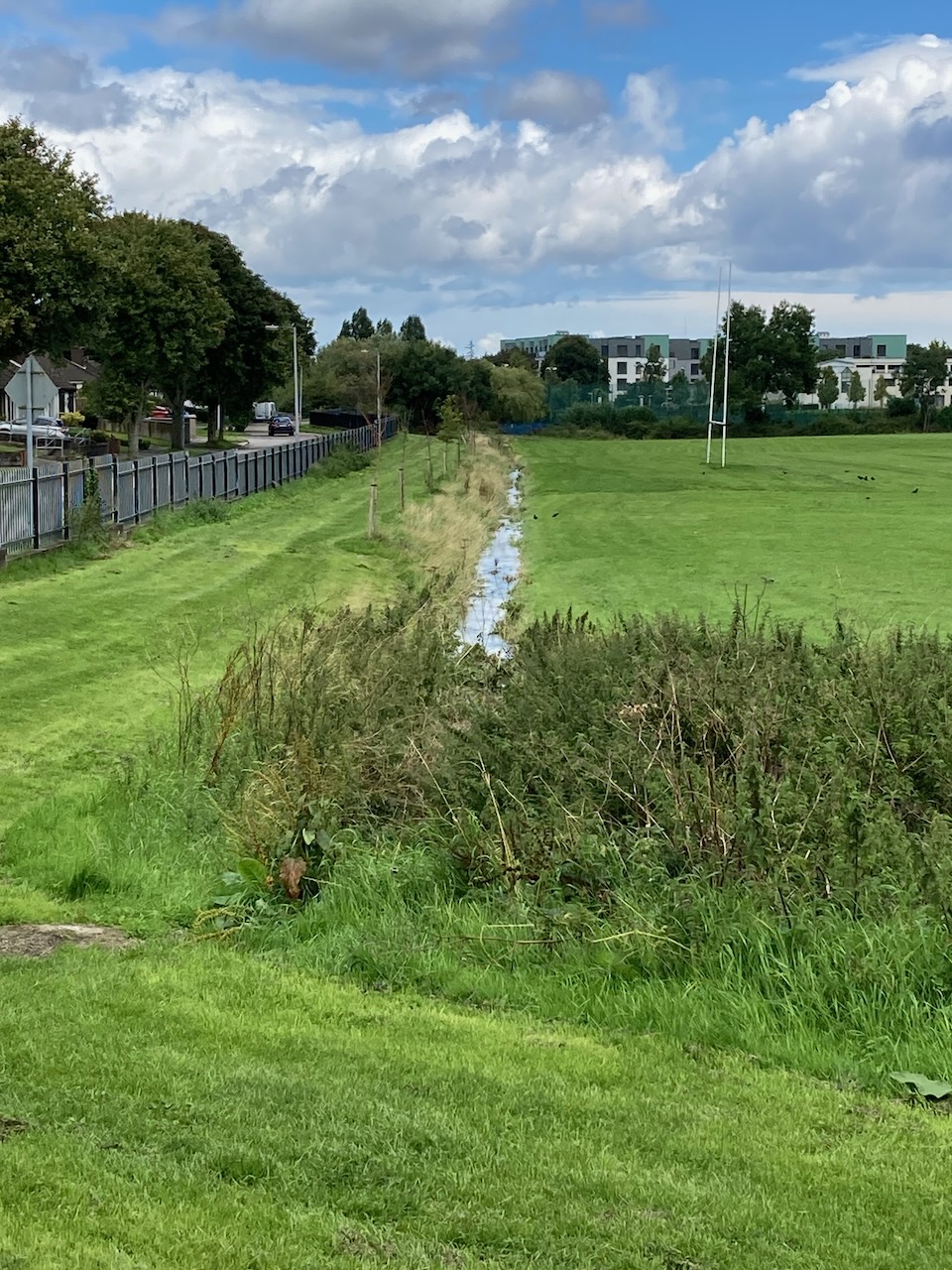
Spillway beside Gaelic Fields at Cherrywood 05/08/23. -
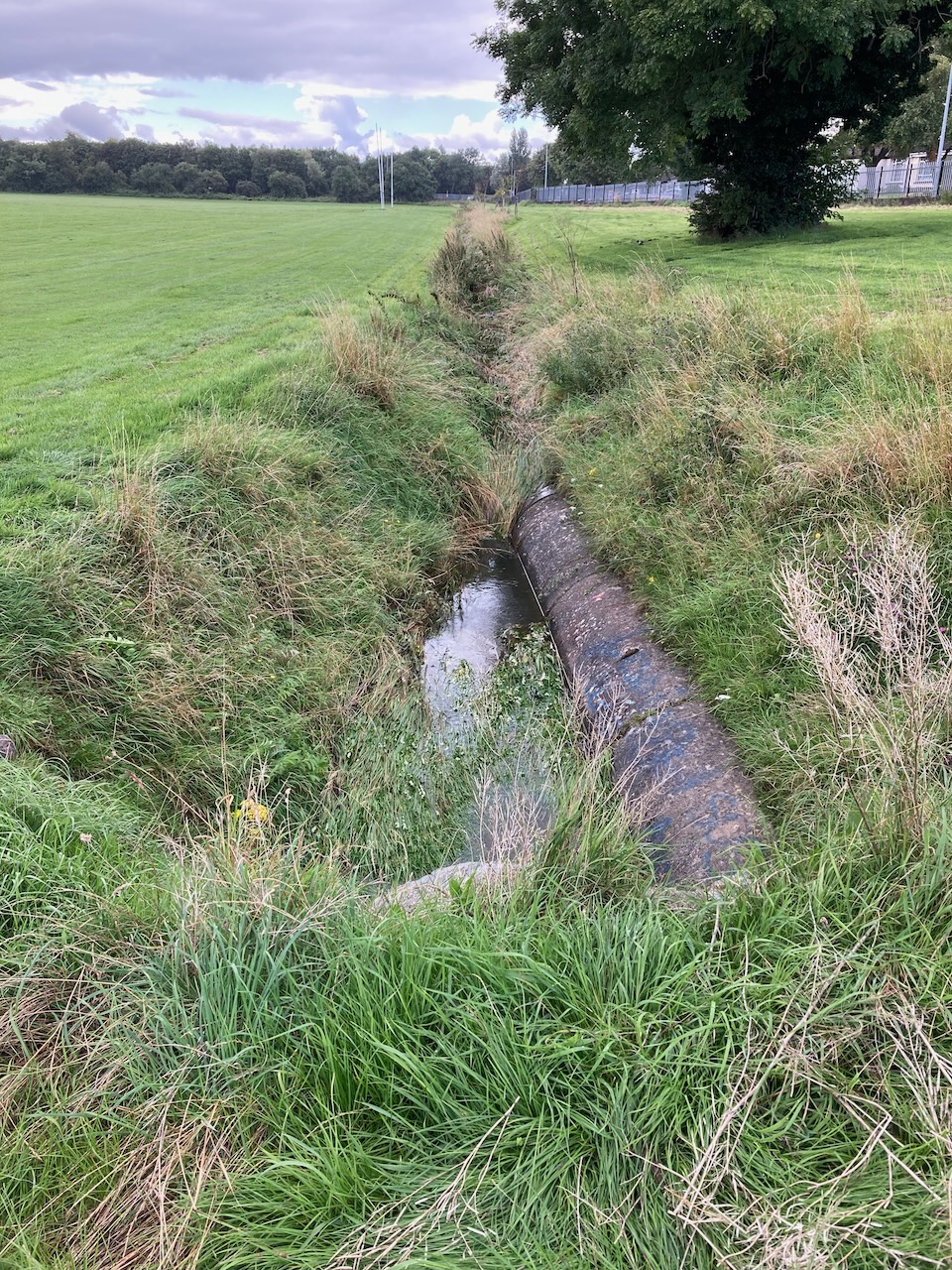
Spillway beside Gaelic Fields at Cherrywood 05/02/23. -

Discoloured water at Horses Drink Bridge 05/08/23. -
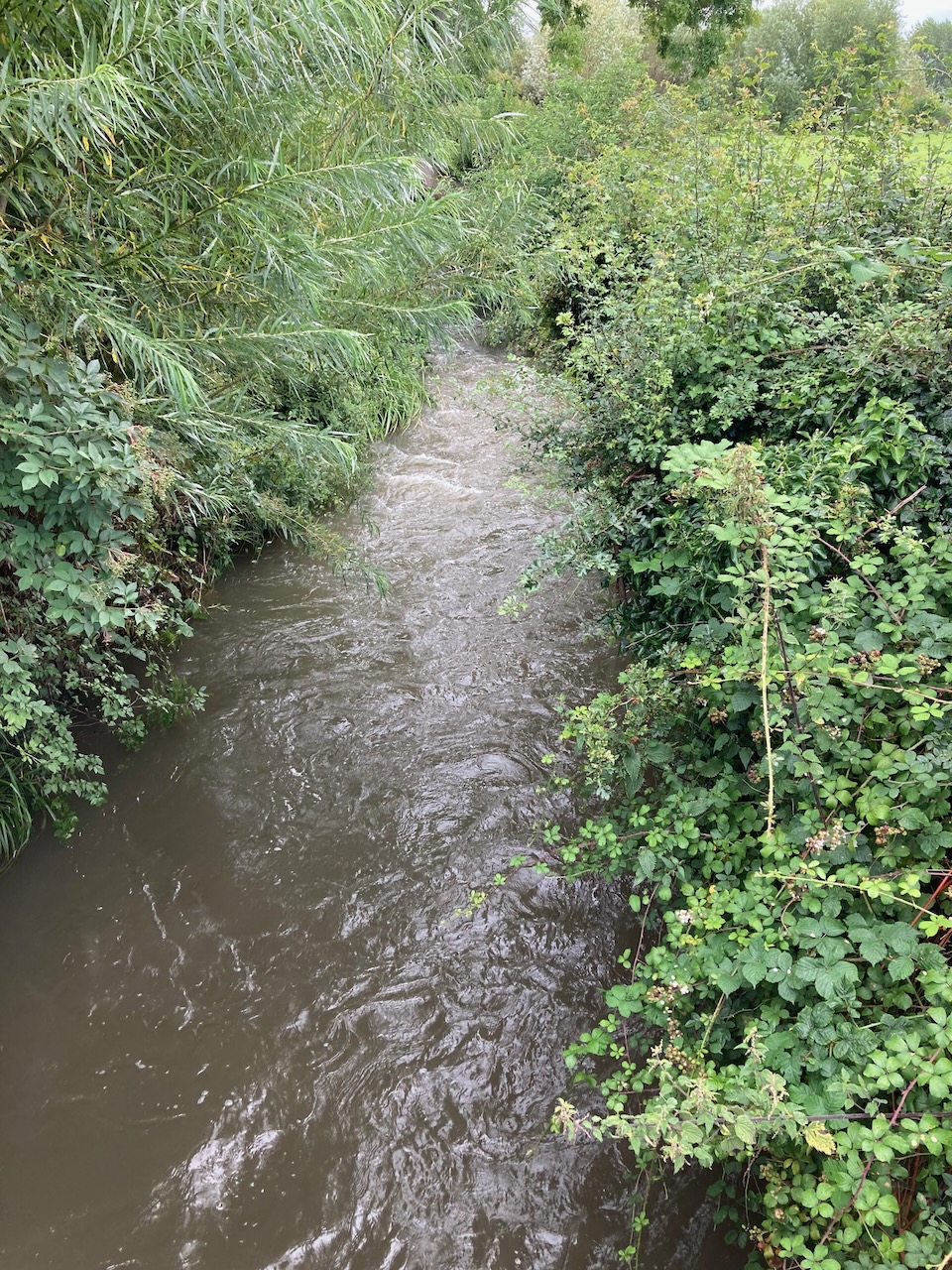
Looking upstream towards Cluidin from Horses Drink 05/08/23. -

From bridge above Sandy Hole 05/08/23. -
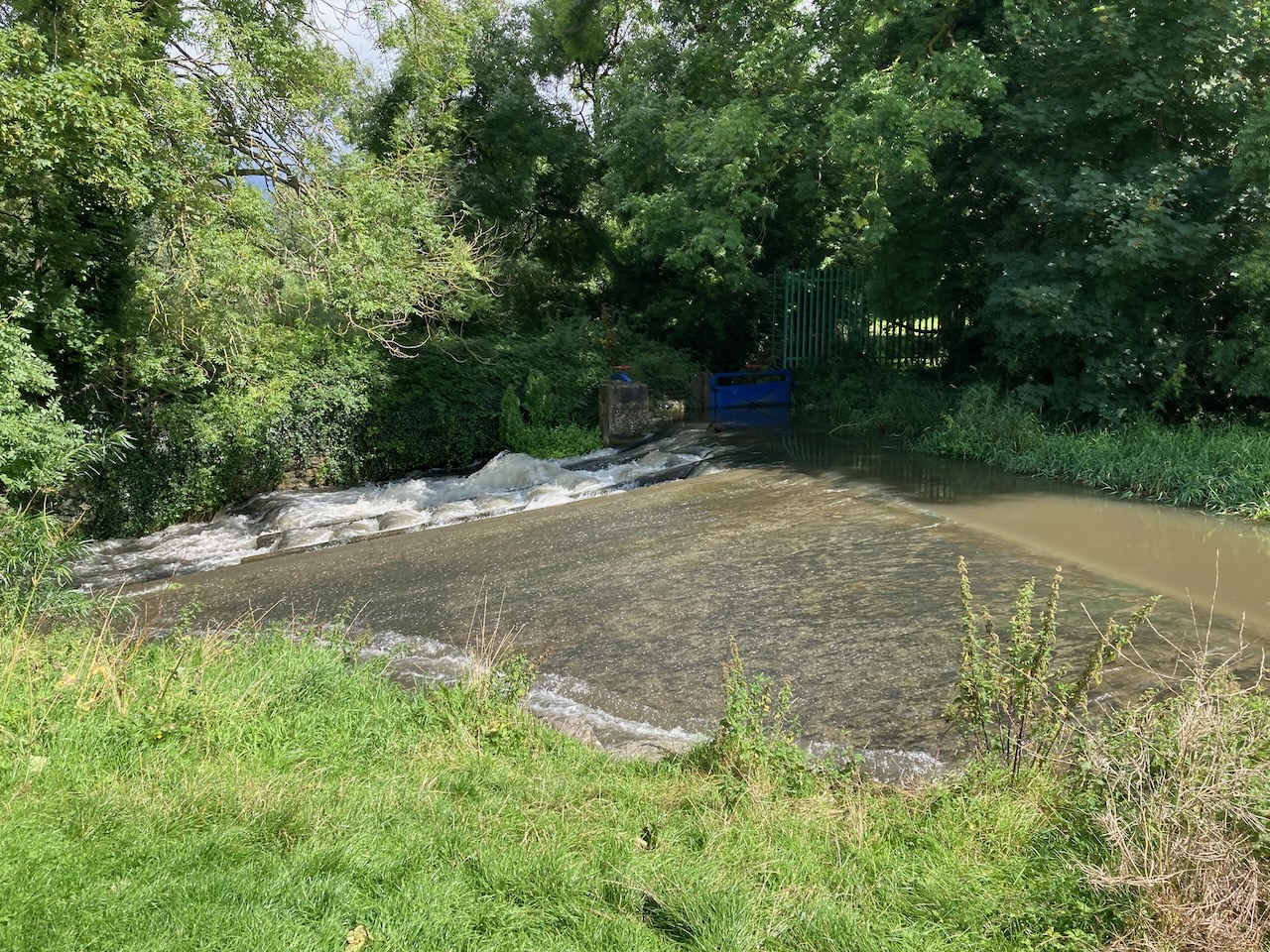
Spillway and Fish Ladder at Sandy Hole 05/08/23. -
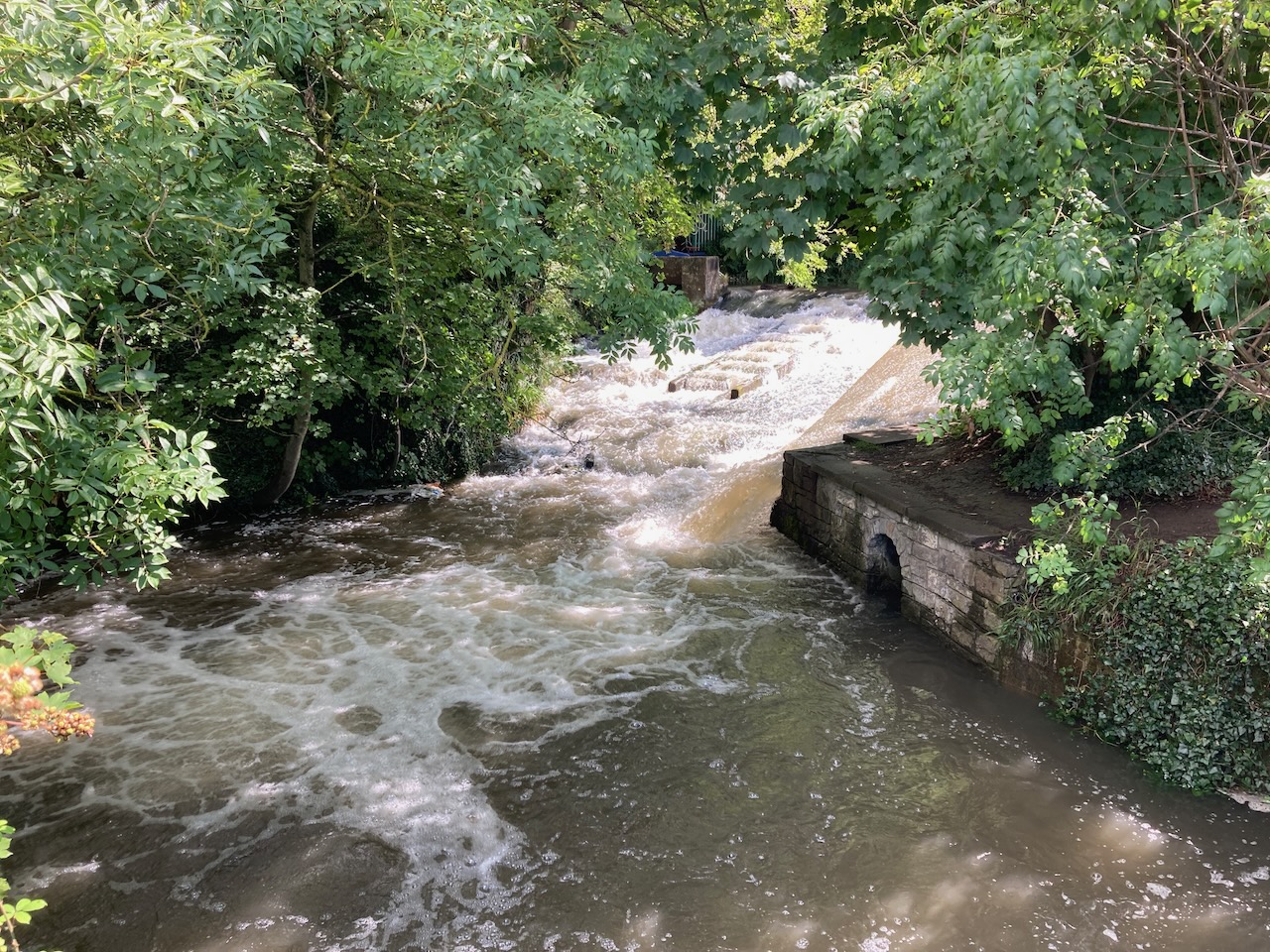
Looking upstream at Sandy Hole 05/08/23. -

Looking downstream from lower Sandy Hole Bridge 05/08/23. -

Newly restored weir completely submerged. 05/08/23. -
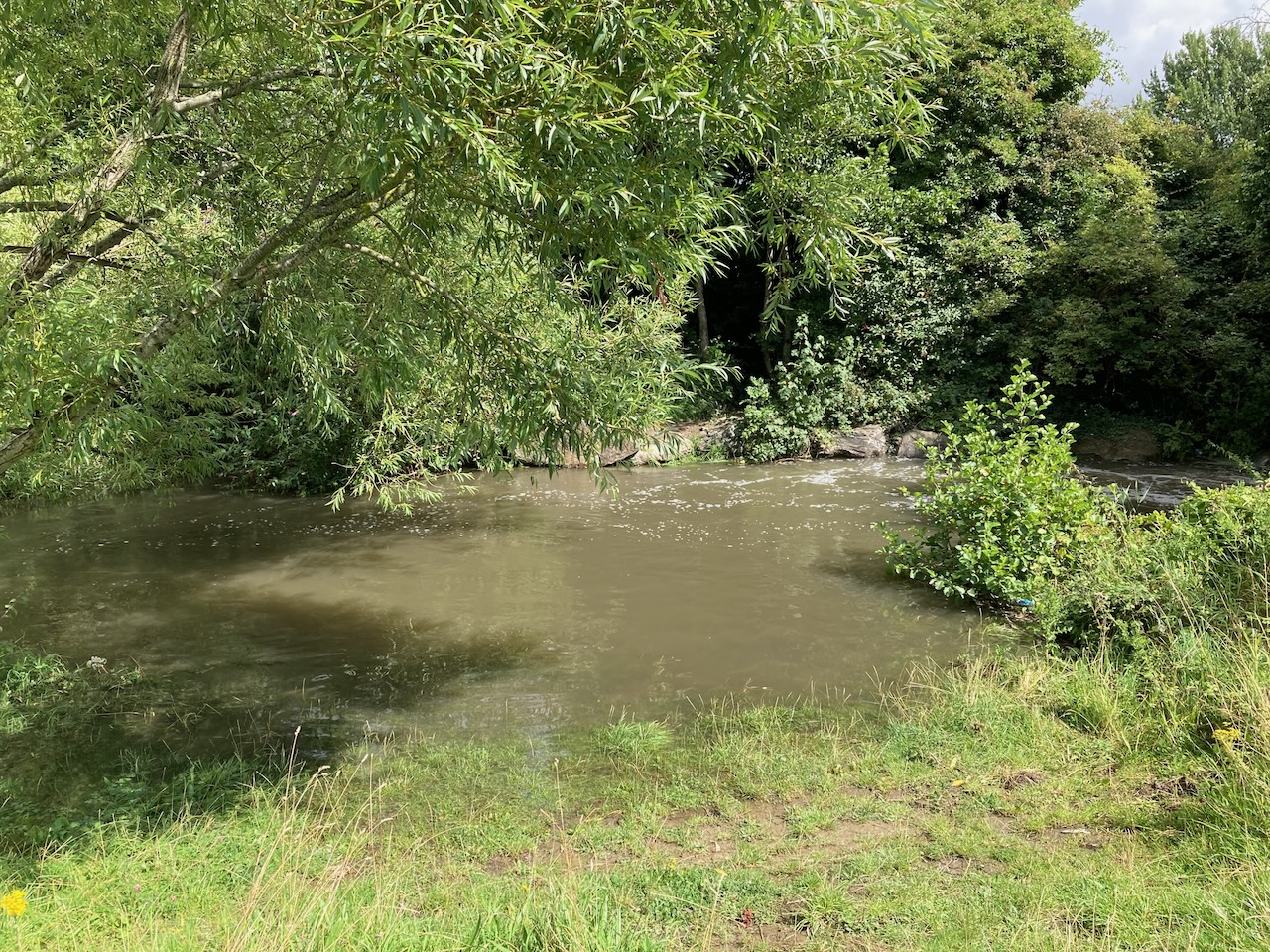
Wetlands in flood 05/08/23. -
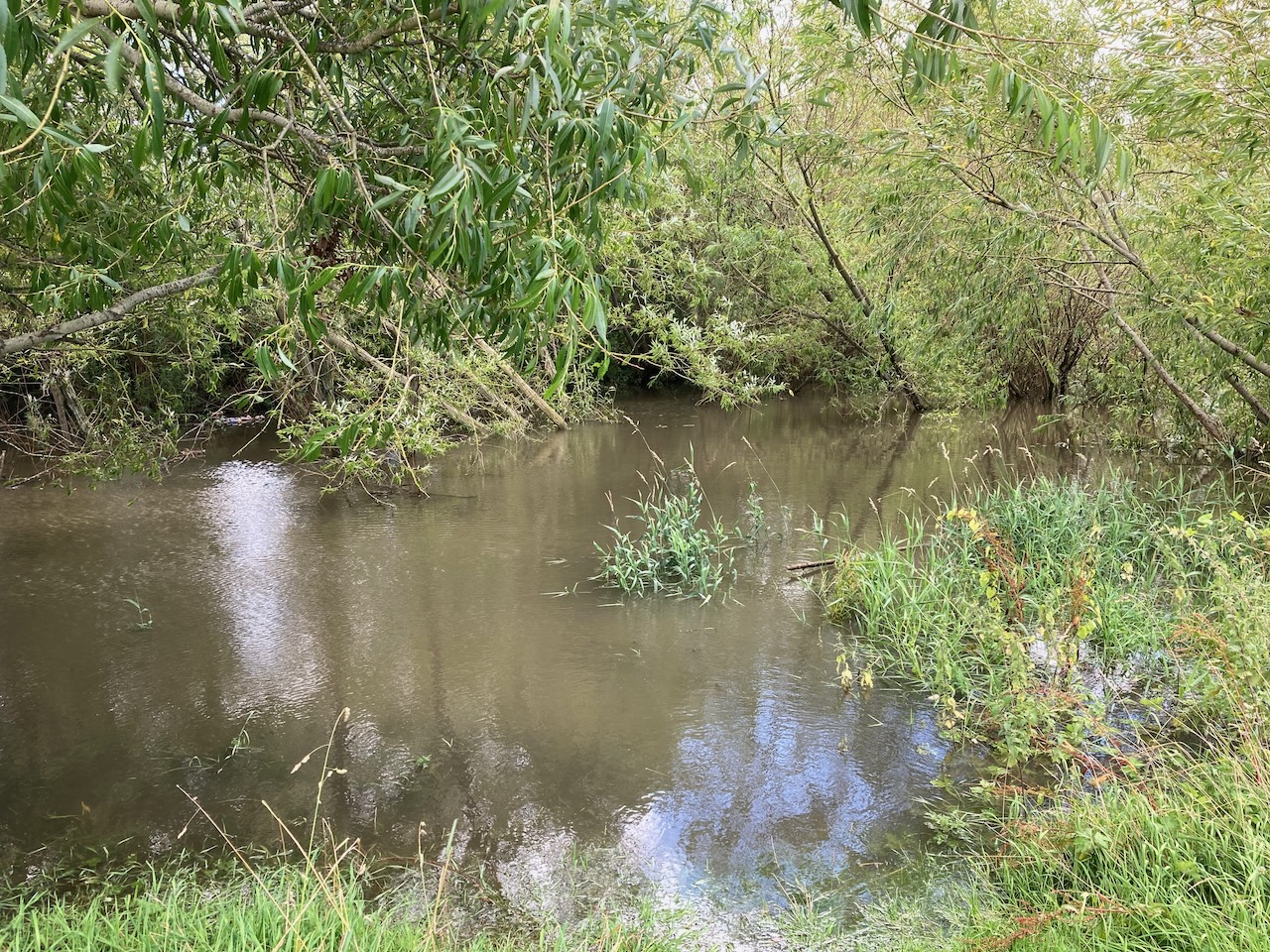
Wetlands in flood 05/08/23. -

Wetlands in flood 05/08/23. -
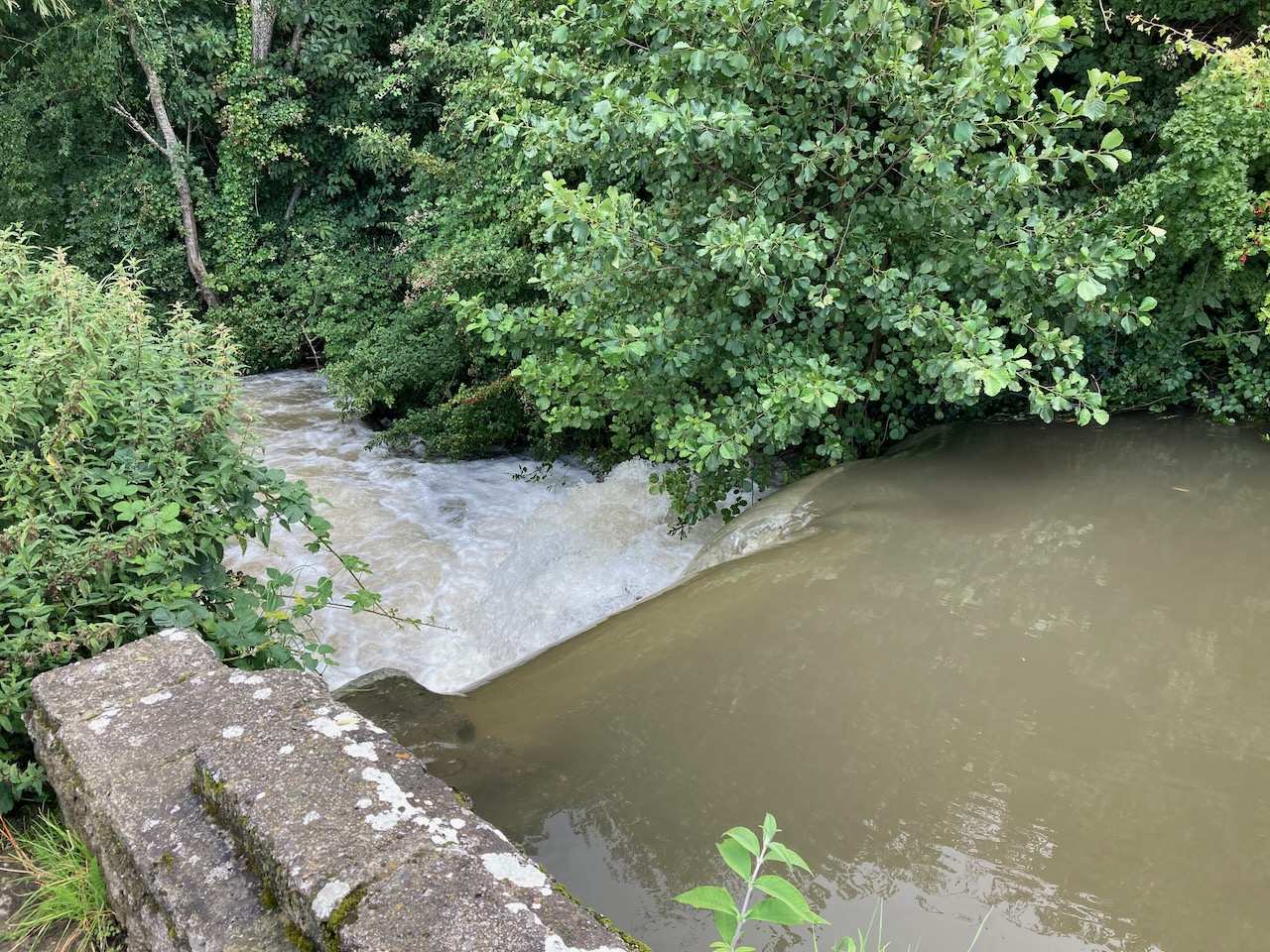
Great flow at end of wetlands above the Cluidin 05/08/23.






















